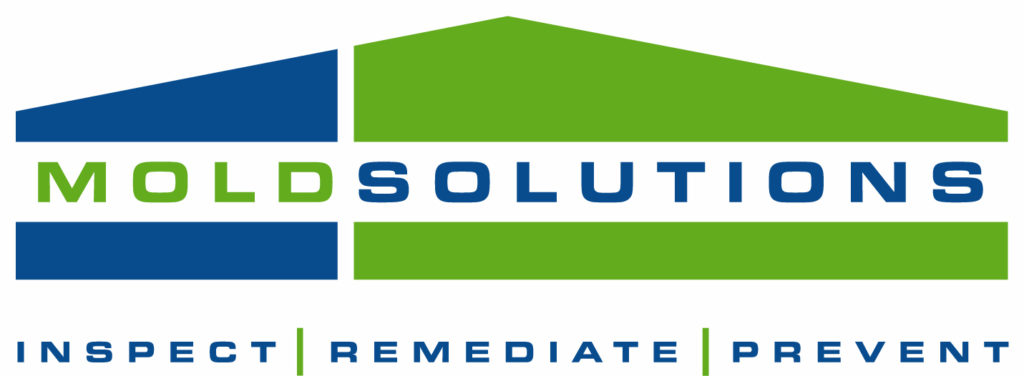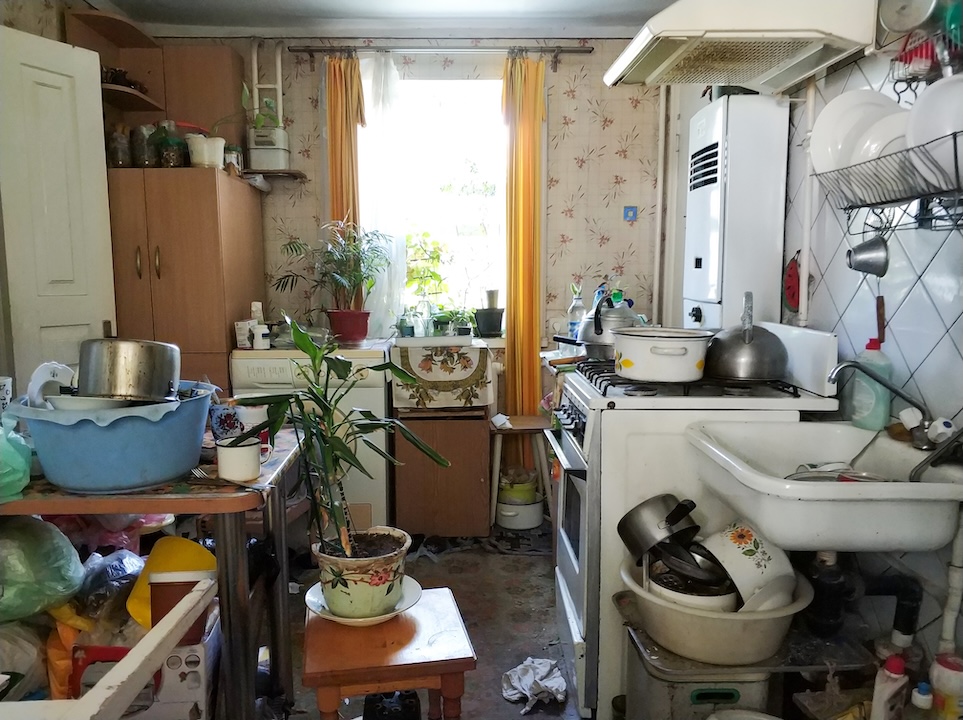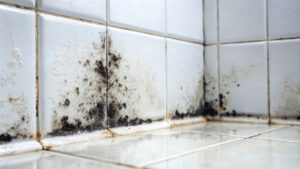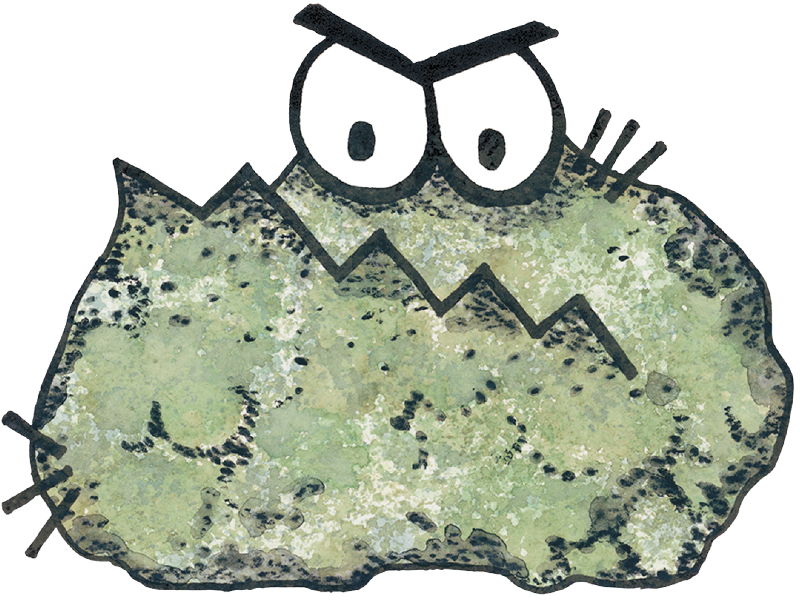Hoarding doesn’t just impact the livability of a space—it can also create the perfect environment for dangerous mold growth. When clutter blocks airflow, hides leaks, and traps moisture, mold can spread quickly and go unnoticed for long periods. At Mold Solutions, we’ve seen firsthand how hoarding conditions can lead to serious issues, including black mold and pink mold, especially in homes across Chicago and St. Louis.
Why Hoarding Environments Breed Mold
Cluttered homes often suffer from poor ventilation and hidden moisture problems. Stacks of paper, clothing, boxes, or household items can:
- Trap moisture from spills or condensation
- Block airflow and create pockets of humidity
- Conceal plumbing leaks or roof damage
- Prevent regular cleaning or maintenance
These conditions provide everything mold needs to thrive. And when clutter is rarely moved, mold can grow undetected for months or even years.
Common Types of Mold Found in Hoarded Homes
Two of the most common—and dangerous—types of mold we encounter are:
Black Mold (Stachybotrys chartarum)
This toxic mold grows in areas with long-term water damage and poor airflow. It often appears on drywall, cardboard, or wood that has been exposed to high humidity or leaks. Black mold is known to cause respiratory issues, fatigue, memory loss, and more, especially in individuals with preexisting health conditions.
Pink Mold (Serratia marcescens or Aureobasidium)
Though technically a bacterium, pink mold often appears in bathrooms, kitchens, or damp fabrics. In hoarded homes, it’s frequently found on soap scum, around sinks and tubs, and in damp laundry. It can cause infections, especially in those with weakened immune systems.
Hidden Mold, Hidden Health Risks
Because hoarded homes are often difficult to navigate, mold frequently spreads behind or beneath layers of items. By the time it’s visible—or the smell becomes overwhelming—it’s often a widespread problem. Occupants may already be experiencing symptoms such as:
- Chronic coughing or sneezing
- Eye or skin irritation
- Headaches and dizziness
- Trouble breathing
In serious cases, long-term exposure to mold can lead to neurological issues or compromise immune function.
Why Professional Help Is Essential
Hoarding situations require careful, respectful intervention. If you suspect mold is growing in a hoarded home—whether it’s yours or a loved one’s—Mold Solutions can help. With certified mold inspectors and a proven 7-step remediation process, we’re equipped to:
- Identify hidden mold and moisture sources
- Contain affected areas
- Safely remove contaminated materials
- Treat surfaces with antimicrobial agents
- Apply our 10-year mold prevention coating
We serve homeowners, landlords, and property managers across Chicago, IL, and St. Louis, MO, offering peace of mind with every job.
Don’t Wait—Call Mold Solutions
If you’re dealing with a hoarding situation and suspect mold, early action is key. Our compassionate team understands the sensitive nature of these cases and provides discreet, effective service. From initial inspection to final treatment, we’re here to find mold, fix mold, and keep it from coming back.
Contact Mold Solutions in Chicago or St. Louis today to schedule a mold inspection or learn more about our 10-year warranty-backed prevention system.








